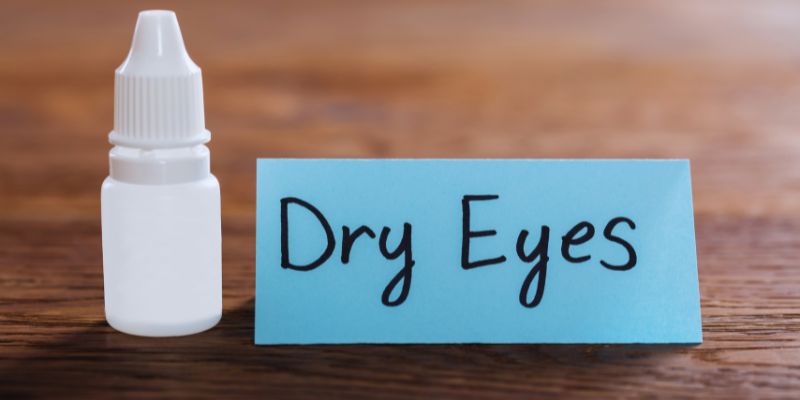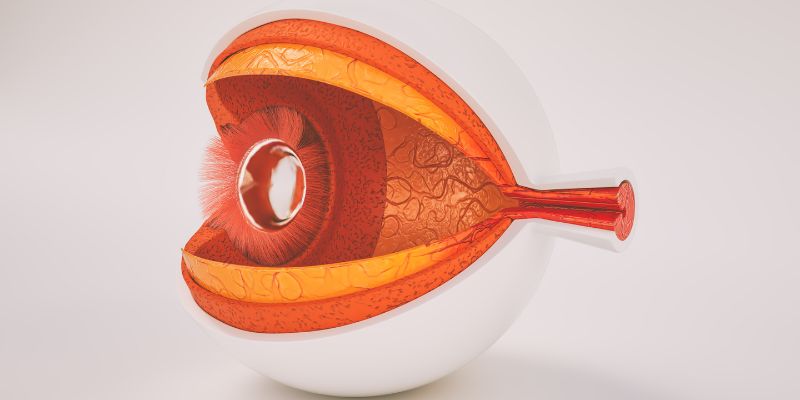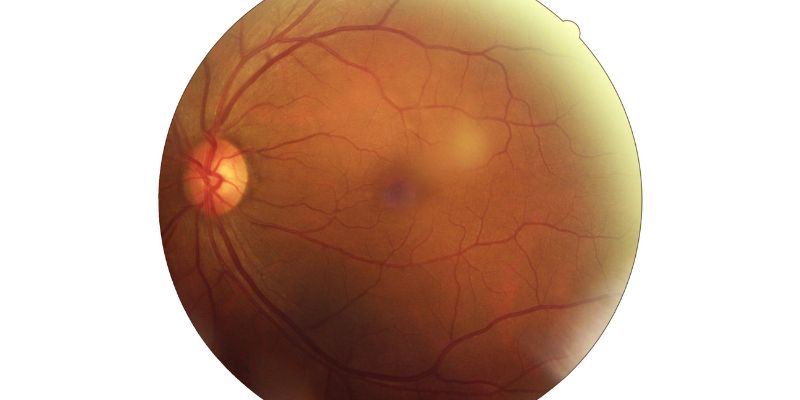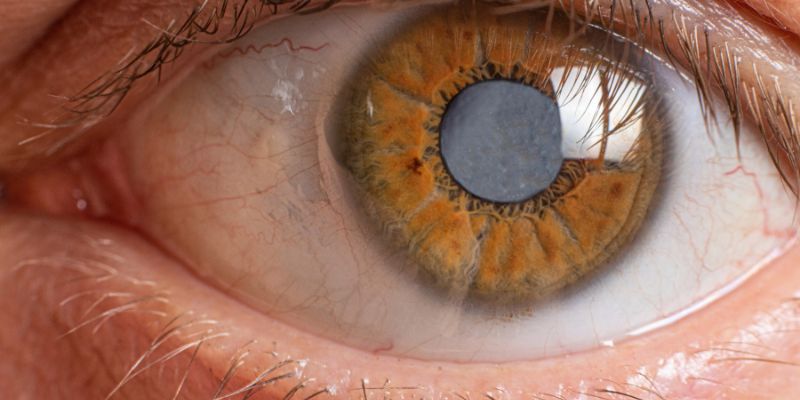Wet AMD Treatments: Benefits, Risks, and Everything You Need To Know
Wet age-related macular degeneration (AMD) is the cause of vision loss in older people. Anti-VEGF injections are among the most often used treatments for this disorder since they help to stop the advancement of visual loss.
The main reason vision problems in wet AMD arise is aberrant blood vessels developing and leaking under the retina. Thus, these injections are meant to stop this process. This article will clarify what you can expect from wet AMD injections, covering the advantages, risks, outcomes, and key issues for everyone diagnosed with this condition,

What Are Wet AMD Injections?
Wet AMD treatments are usually under the retina, usually including anti-VEGF (vascular endothelial growth factor). A protein called VEGF promotes the development of aberrant blood vessels that leak and damage eyesight in wet AMD. An ophthalmologist executes the operation in a regulated medical environment. The injections seek to stop these blood vessels' aberrant expansion and leakage, preserving vision and, most usually, enhancing it.
Though the frequency depends on how the eye responds to treatment, most patients have these injections routinelyoften once a month. Lucentis, Eylea, and Avastin are the most often utilized anti-VEGF medications injected into wet AMD patients. Though each of these drugs acts similarly, dose or efficacy may vary.

The Benefits of Wet AMD Injections
Wet AMD injections are a very successful approach to block or slow down the advancement of visual loss. After treatment starts, many patients find their eyesight stabilizes, which can greatly impact their quality of life. Although it's crucial to realize that not everyone will get the same outcomes, people occasionally report improving eyesight. These injections help preserve the center vision, which is essential for reading, driving, and face recognition.
Early treatment of wet AMD can assist in preserving vital everyday activities since it influences the macula, the area of the eye in charge of clear central vision. Most patients's risk of severe vision loss has been proven to be much lowered by wet AMD injections; moreover, the outcomes usually show better the earlier the treatment starts.
Risks and Side Effects of Wet AMD Injections
Like any medical treatment, wet AMD injections carry certain possible hazards. Redness or soreness at the injection site is among the most often occurring adverse effects. Although this is usually fixed independently, some patients could have more major problems. Known as endophthalmitis, a minor risk of infection inside the eye, untreated slowly, could cause major vision problems. Retinal detachment, elevated eye pressure, or bleeding inside the eye are further possible hazards.
Most patients find wet AMD injections somewhat tolerable; the advantages usually exceed the hazards. Your doctor will closely watch your eye condition during and after treatment to identify any issues early on. Before the injection, you probably will have numbing eye drops to reduce pain; the operation takes a few minutes.
How Effective Are Wet AMD Injections?
Several elements affect the efficacy of wet AMD injections, including the start of treatment early on and the frequency of the injections. According to clinical research, anti-VEGF injections greatly lower the chance of vision loss. Though total restoration of sight is rare, many individuals perceive improvements in their vision upon beginning therapy. The objective of wet AMD treatment is, for most people, not to restore lost vision but rather to halt the condition from worsening.
However, some people see improvements, particularly if treatment starts early in the disease process. Although the frequency of injections could drop with time, it's important to consistently visit your eye expert to check the state of affairs. Wet AMD can rapidly cause extreme vision loss without continuous therapy. Maintaining the greatest potential results depends mostly on regular maintenance and follow-up.
What to Expect During the Procedure
An outpatient operation, wet AMD injections let you go home soon after therapy. Special eye drops will numb your eye before the injection so that you won't feel any pain during the treatment. Your eyelid could be kept open throughout the injection by a little clamp. After the ophthalmologist cleans the region around your eye to lower your risk of infection, a small needle will be used to inject the anti-VEGF drug into the eye. Usually running no more than 10 to 15 minutes from beginning to completion, the process is really short.
Though you could feel some small pressure or a sensation of the needle entering the eye, most people report minimal discomfort. You will be watched briefly following the injection before being let go. While some individuals report momentary blurriness or floaters in their vision, these should clear after a few hours. After the operation, you should not rub your eyes since this increases your chances of infection.
What Happens After the Injection?
Your doctor could advise you to take certain care to guarantee a good recovery after a wet AMD injection. To ward against infection, you can be handed antibiotic eye drops. Avoid hard lifting or vigorous activity for a few days following the injection since this will raise ocular pressure. Although most individuals only have minor side effects, such as redness or mild irritation, be careful to let your eye doctor know if you have any odd symptoms. These might include sudden vision changes, edema, or extreme pain.
Scheduling frequent follow-up visits will help to ascertain the proper timing for the next treatments and track the success of the injections. Should your condition be stable, the frequency of injections could drop with time. However, since wet AMD is a chronic illness, many people will have to continue routinely getting injections to maintain their eyesight. Preventing the condition from getting worse depends on constant therapy.
Conclusion
Wet AMD treatments give hope to people in danger of serious vision loss. With consistent therapy and careful monitoring, many people can keep their central vision and carry on daily chores like reading or driving. Although some risks are involved, most people's advantages from slowing down the advancement of wet AMD far exceed any possible consequences. Achieving the best results depends mostly on keeping track of your appointments and following your doctor's advice.












